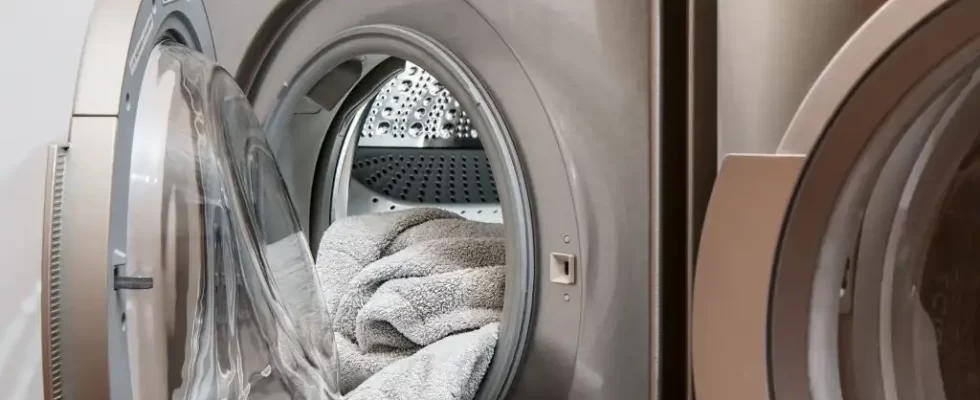Most people are aware of the dangers of carbon monoxide poisoning, but many do not realize that dryers can be a common source of this deadly gas. Carbon monoxide is produced when clothes are heated in a dryer, and the gas can build up to dangerous levels if the dryer is not properly ventilated. In fact, the U.S. The Consumer Product Safety Commission estimates that there are approximately 150 dryer-related carbon monoxide poisoning incidents each year.
However, there are some simple steps that can be taken to prevent this type of accident. For example, making sure that the dryer is properly vented to the outside will help to reduce the risk of carbon monoxide buildup. Additionally, regular dryer maintenance will help ensure that it is operating safely and efficiently. By taking these precautions, you can help to keep your family safe from carbon monoxide poisoning.
A dryer is a household appliance that uses heat to remove moisture from clothing and other fabrics. While it is a safe and effective way to dry laundry, a dryer can produce carbon monoxide if it is not properly ventilated. Carbon monoxide is a colorless, odorless gas that can be deadly if inhaled. Symptoms of carbon monoxide poisoning include headaches, dizziness, nausea, and shortness of breath.
If you suspect that your dryer is producing carbon monoxide, it is important to take action immediately. The first step is to open all the doors and windows in your home to ventilate the area. Then, unplug the dryer and call a qualified technician to inspect the appliance. With proper attention and maintenance, your dryer can be safe and reliable for many years to come.
Most people know that carbon monoxide is a gas that can be dangerous if it builds up in an enclosed space. However, many people don’t realize that their dryer could be producing this harmful gas. If you think your dryer might be emitting carbon monoxide, it’s important to take action immediately. The first step is to contact an air duct cleaning service. These professionals will clean your ducts and vents, removing any build-up of lint or other debris. This will help to improve airflow and reduce the risk of carbon monoxide build-up. In addition, you should have your dryer serviced regularly to ensure that it is operating safely and efficiently. Taking these simple steps can help to keep your home safe from carbon monoxide poisoning.
Dryer vents play an important role in preventing the build-up of carbon monoxide in your home. By venting the hot, moist air from your dryer outside, you significantly reduce the risk of carbon monoxide poisoning. Unfortunately, many homeowners do not properly maintain their dryer vents, which can lead to a dangerous build-up of carbon monoxide. Fortunately, there are a few simple steps you can take to prevent this from happening. Be sure to clean your lint screen after every load of laundry. This will help to remove any build-up of lint that could clog your vent. You may want to inspect your flue regularly for any signs of blockage or damage. If you notice any problems, be sure to have them fixed immediately. And, make sure that your vent is properly vented to the outside of your home. By taking these simple steps, you can help to prevent the build-up of carbon monoxide in your home and keep your family safe.
Every year, carbon monoxide poisoning kills hundreds of people in the United States and sends tens of thousands to the emergency room. But there are steps you can take to protect your family from this invisible hazard.
First, make sure your home has working smoke alarms and carbon monoxide detectors. These devices can alert you to the presence of CO before it reaches dangerous levels. Second, never use a gas stove or oven to heat your home—it’s a significant source of carbon monoxide. Third, don’t leave your car running in an attached garage, even for just a few minutes.
The fumes can quickly build up and put your family at risk. Finally, if you suspect that you or someone in your family has been poisoned by carbon monoxide, get out of the house immediately and call 911. With these simple steps, you can help keep your family safe from this invisible killer.


